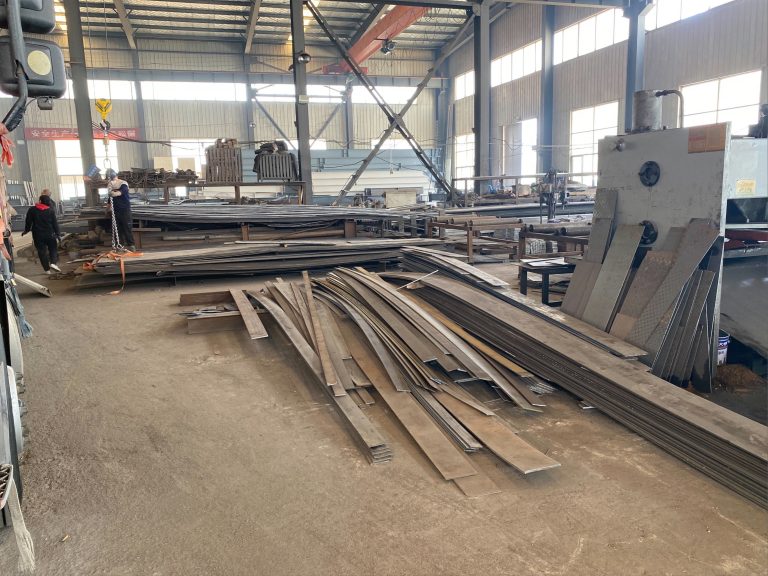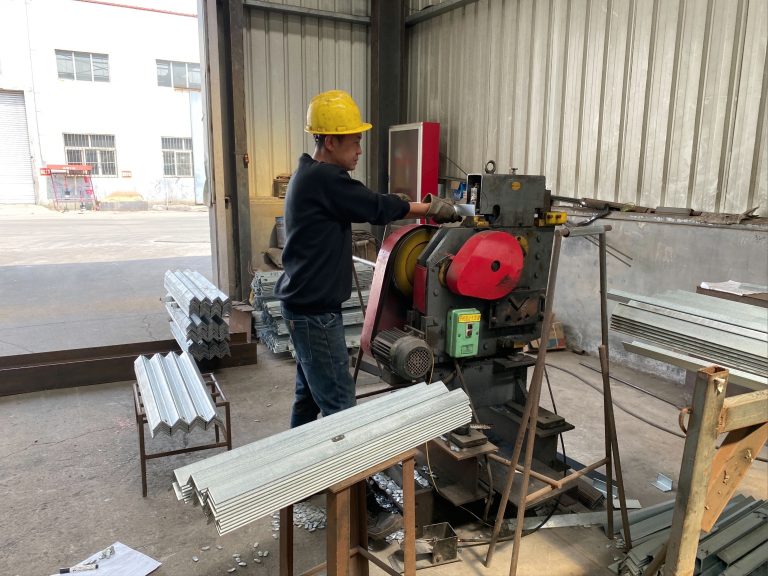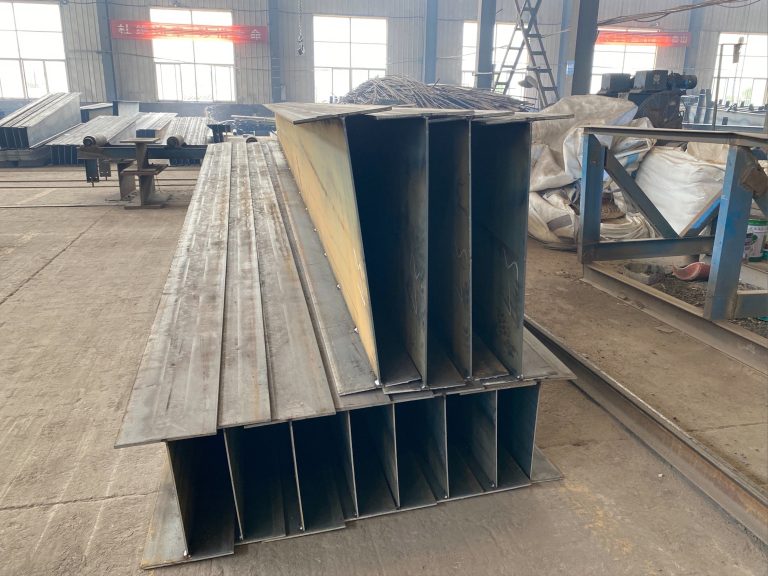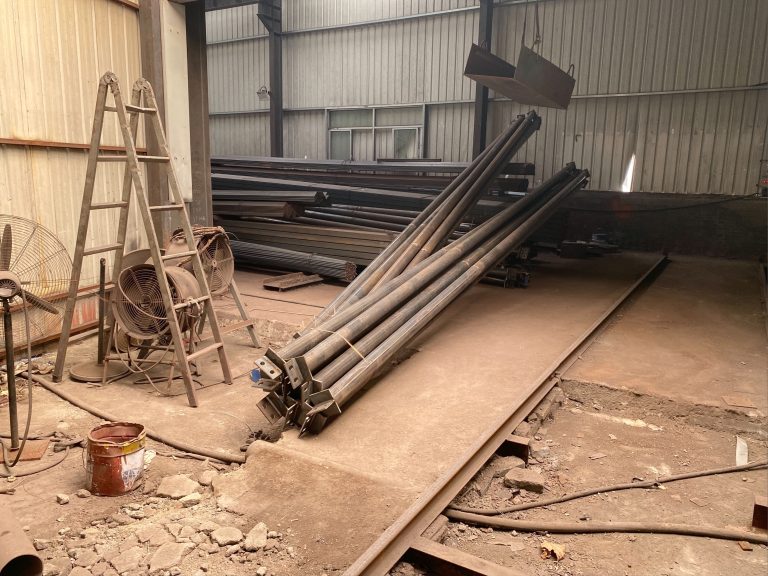Steel bridge design: Innovation across barriers.
Table of Contents
Sustainability in Steel Bridge Design
Steel bridge design has come a long way in recent years, with innovations that have pushed the boundaries of what is possible in terms of sustainability, efficiency, and aesthetics. The use of steel in bridge construction has been a staple for decades due to its strength, durability, and versatility. However, as the demand for more sustainable infrastructure grows, designers and engineers are constantly seeking new ways to improve upon traditional steel bridge design.
One of the key challenges in steel bridge design is finding ways to reduce the environmental impact of construction and maintenance. This has led to the development of new materials and construction techniques that aim to minimize the use of resources and energy while maximizing the lifespan of the bridge. For example, the use of high-strength steel alloys can reduce the amount of material needed for a bridge, resulting in lower carbon emissions during production and transportation.
In addition to material innovations, designers are also exploring new ways to incorporate sustainable practices into the design and construction process. This includes using recycled materials, such as reclaimed steel or concrete, and implementing energy-efficient lighting and ventilation systems. By taking a holistic approach to sustainability, designers can create bridges that not only meet the needs of today but also have a minimal impact on the environment for years to come.
Another important aspect of steel bridge design is the need to balance functionality with aesthetics. While bridges are primarily built for practical purposes, they also serve as important landmarks and symbols of a city or region. As such, designers are constantly looking for ways to create bridges that are not only structurally sound but also visually appealing.
One way that designers are achieving this balance is through the use of innovative design techniques, such as curved or asymmetrical shapes, that can add a sense of movement and dynamism to a bridge. By thinking outside the box and pushing the boundaries of traditional design norms, designers can create bridges that are not only functional but also beautiful works of art.
Furthermore, the use of advanced technology has revolutionized the way that steel bridges are designed and constructed. Computer-aided design (CAD) software allows designers to create complex 3D models of bridges, enabling them to test different design options and simulate how the bridge will perform under various conditions. This not only speeds up the design process but also allows for more accurate and efficient construction.
Additionally, the use of prefabricated components has become increasingly popular in steel bridge construction. By manufacturing parts off-site and assembling them on-site, builders can reduce construction time and minimize disruption to the surrounding environment. This method also allows for greater quality control and can result in a more durable and long-lasting bridge.
In conclusion, steel bridge design has seen significant advancements in recent years, with innovations that have pushed the boundaries of what is possible in terms of sustainability, efficiency, and aesthetics. By incorporating new materials, construction techniques, and design practices, designers are creating bridges that not only meet the needs of today but also have a minimal impact on the environment for years to come. With the continued use of advanced technology and a commitment to sustainability, the future of steel bridge design looks bright.
Advancements in Steel Bridge Construction Techniques
Steel bridge design has come a long way in recent years, with advancements in construction techniques pushing the boundaries of what is possible. From the use of new materials to innovative design concepts, engineers are constantly striving to create bridges that are not only functional but also aesthetically pleasing. This article will explore some of the latest innovations in steel bridge design and how they are breaking barriers in the industry.
One of the key advancements in steel bridge construction is the use of high-strength steel. This material allows engineers to create lighter and more durable bridges that can span longer distances without the need for additional support structures. By using high-strength steel, designers can reduce the overall weight of the bridge, which in turn can lead to cost savings and a faster construction process.
Another innovation in steel bridge design is the use of modular construction techniques. By prefabricating sections of the bridge off-site and assembling them on-site, engineers can significantly reduce construction time and minimize disruption to traffic. This approach also allows for greater precision in the construction process, resulting in bridges that are more structurally sound and aesthetically pleasing.
In addition to new materials and construction techniques, designers are also exploring innovative design concepts to push the boundaries of steel bridge construction. One such concept is the use of curved steel girders, which can create visually striking bridges that stand out in their surroundings. By incorporating curves into the design, engineers can create bridges that are not only functional but also serve as works of art.
Another design concept that is gaining popularity is the use of cable-stayed bridges. These bridges feature a series of cables that support the deck, allowing for longer spans and more flexibility in design. By using cable-stayed bridges, engineers can create bridges that are both efficient and visually appealing, making them a popular choice for projects around the world.
Despite these advancements, there are still challenges to overcome in steel bridge design. One of the biggest barriers is the need for sustainable construction practices. As the demand for steel bridges continues to grow, engineers must find ways to reduce the environmental impact of construction and ensure that bridges are built to last for generations to come.
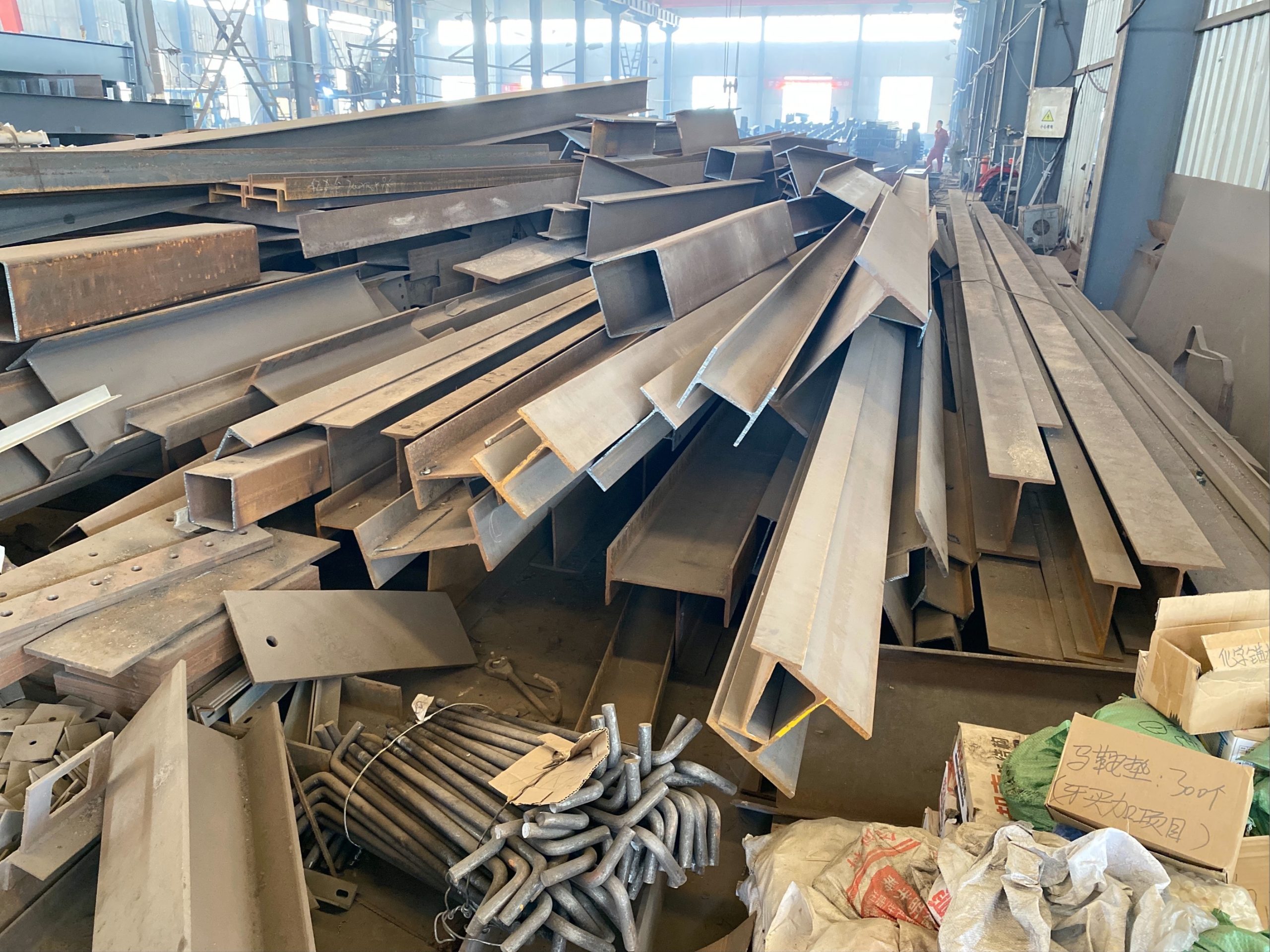
To address this challenge, designers are exploring new ways to incorporate sustainable materials into bridge construction. From using recycled steel to incorporating green building practices, engineers are finding innovative solutions to create bridges that are both durable and environmentally friendly. By embracing sustainable construction practices, designers can ensure that steel bridges continue to be a viable option for infrastructure projects in the future.
In conclusion, steel bridge design is constantly evolving, with engineers pushing the boundaries of what is possible through the use of new materials, construction techniques, and design concepts. By embracing innovation and sustainability, designers can create bridges that not only meet the needs of today but also stand the test of time. As the industry continues to evolve, we can expect to see even more groundbreaking advancements in steel bridge design that will shape the future of infrastructure for years to come.

